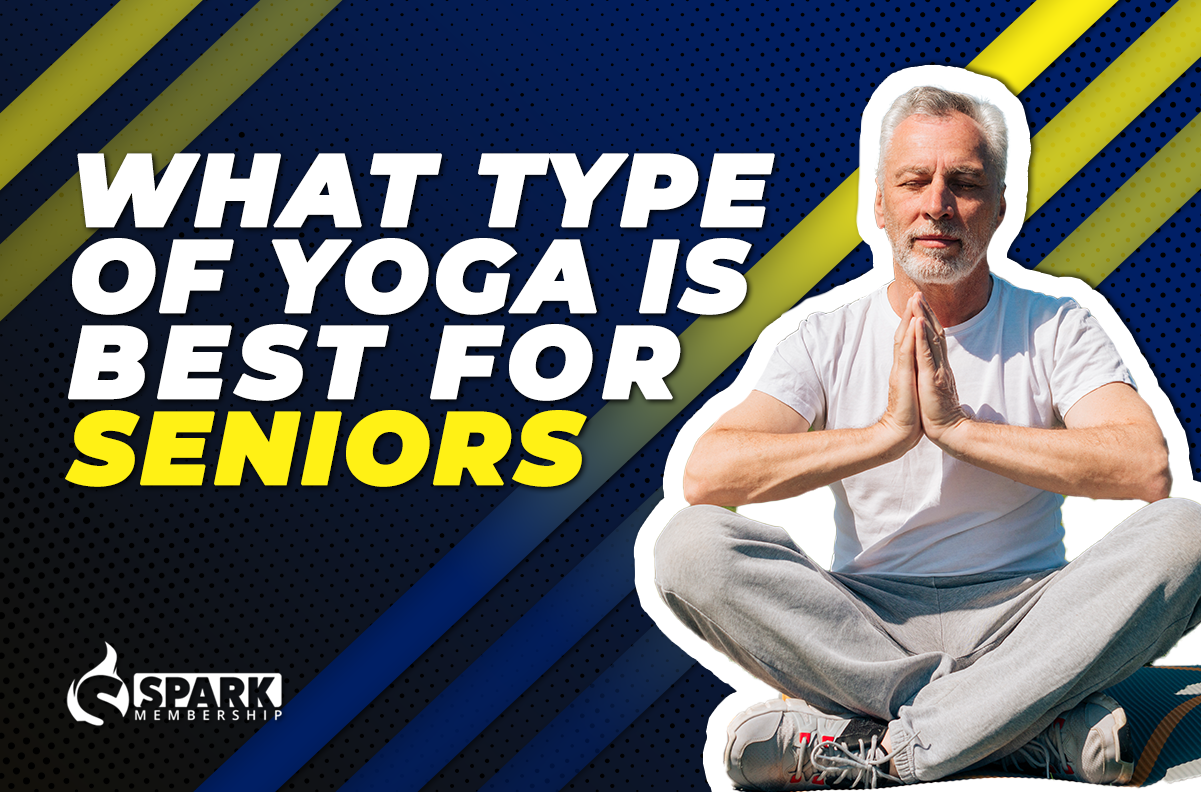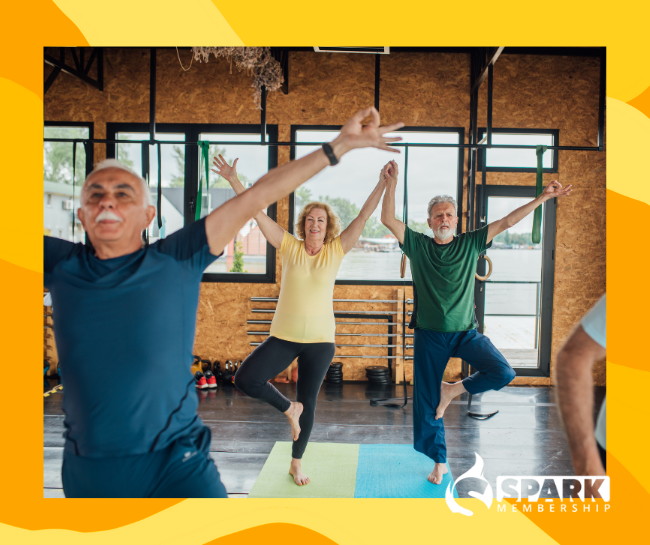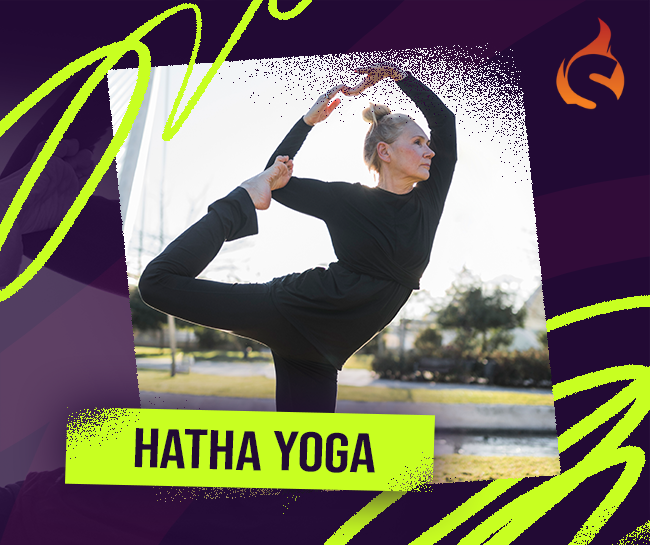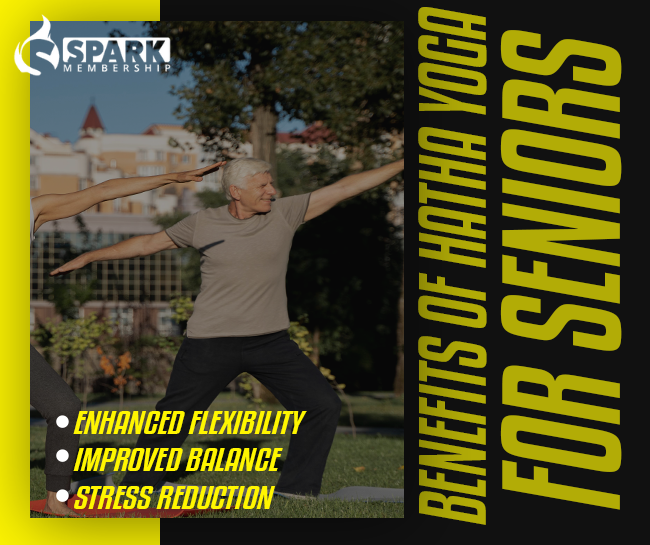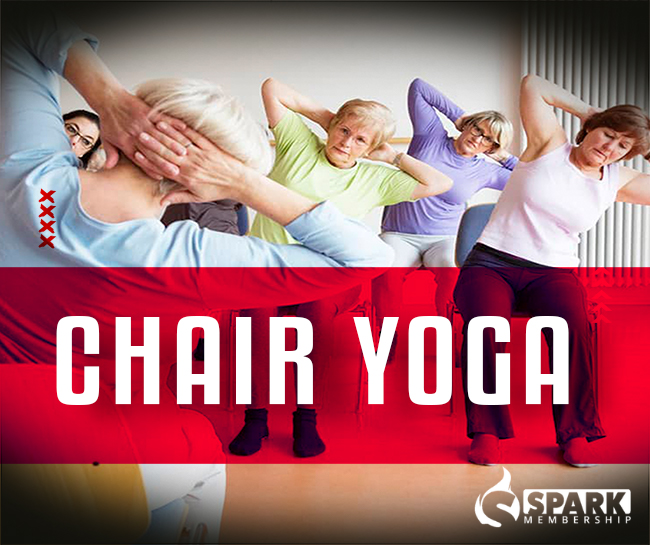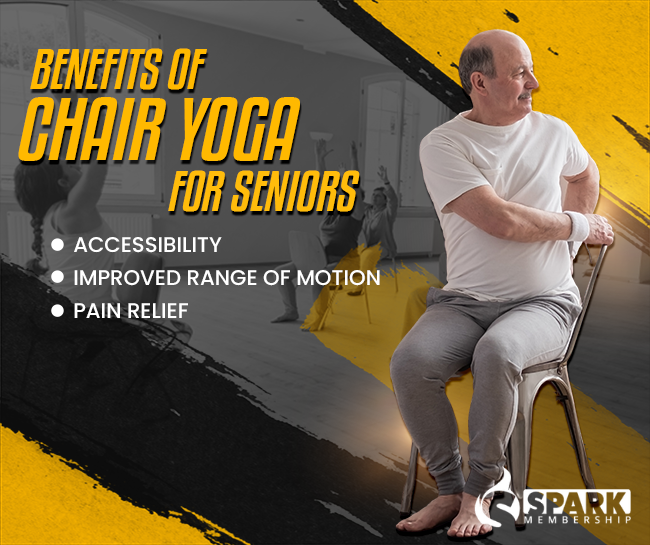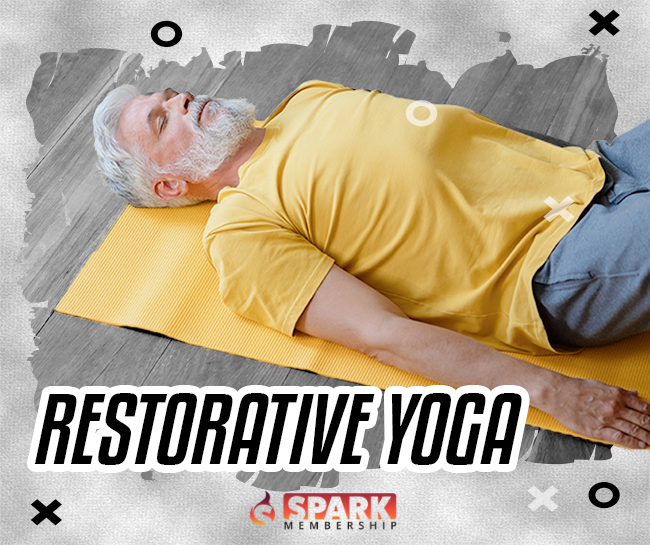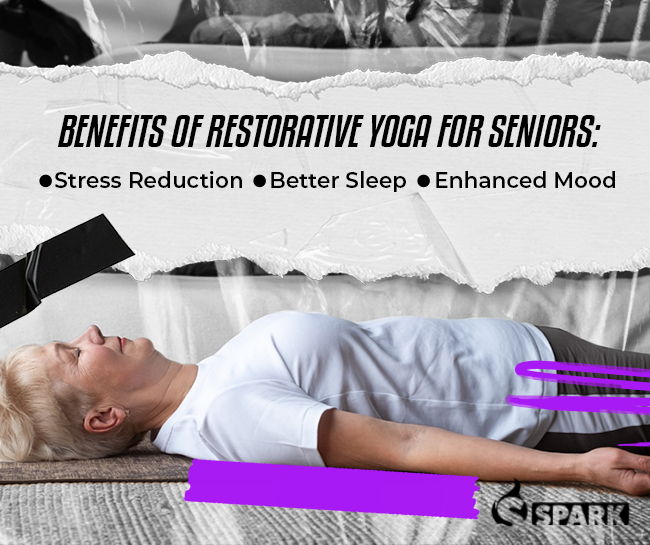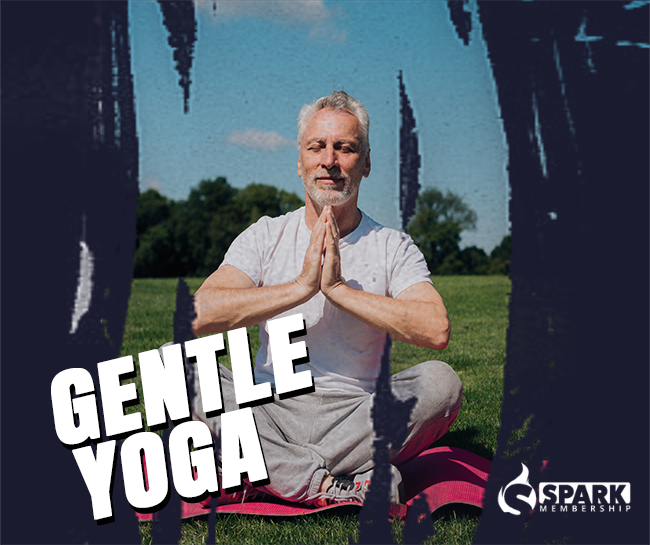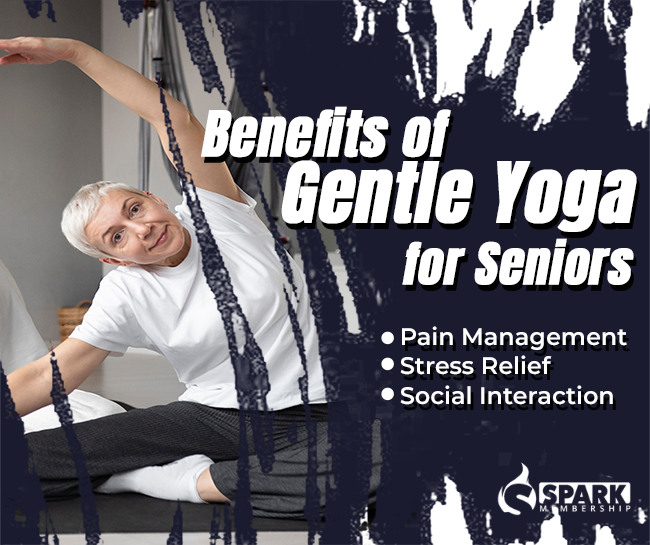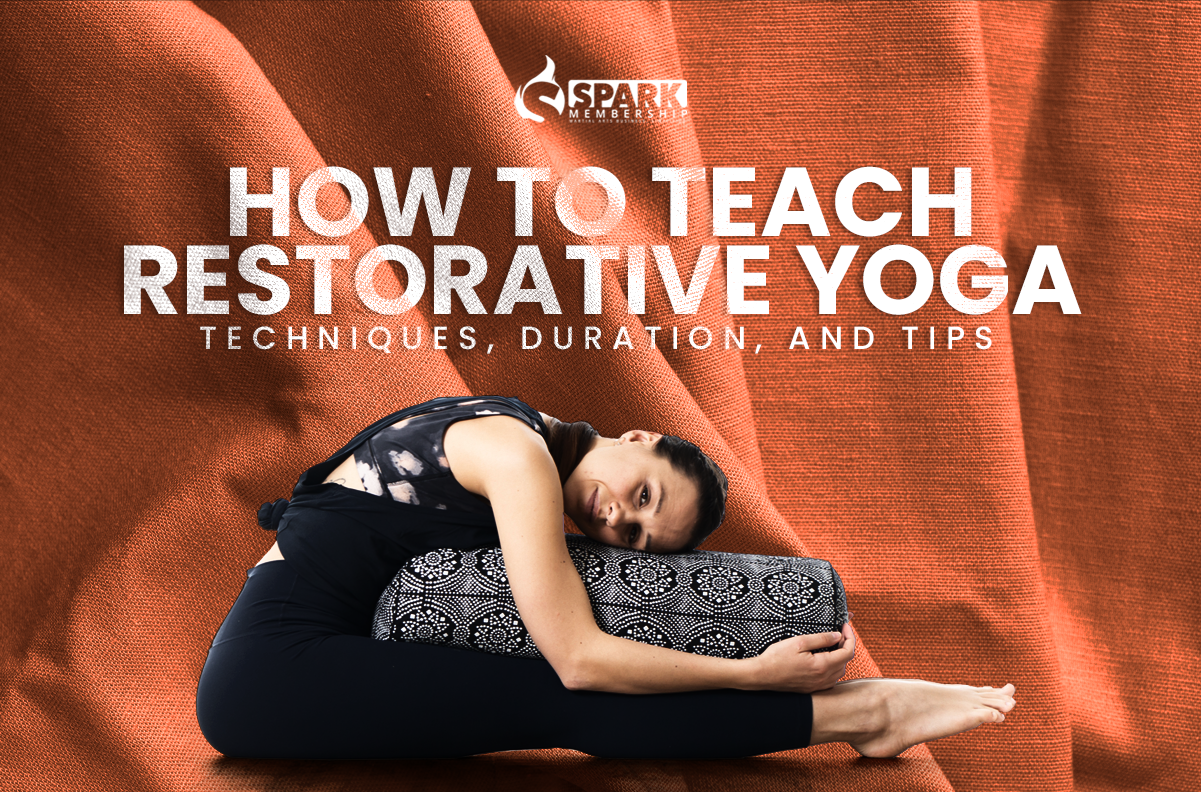
Restorative Yoga, a practice designed to reduce stress and enhance wellbeing, focuses on relaxation and healing. Unlike more active yoga styles, it emphasizes stillness and support, using props to hold poses longer, allowing the body to open through passive stretching. The benefits of Restorative Yoga are extensive, including reduced stress, improved sleep, and deeper relaxation, making it an essential practice for anyone seeking a peaceful and rejuvenating yoga experience.
Understanding the Three Pillars of Restorative Yoga
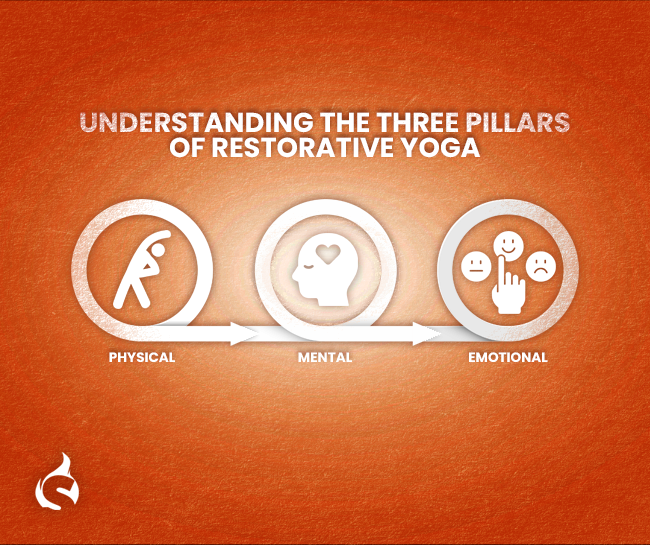
Restorative Yoga is founded on three core pillars: physical, mental, and emotional well-being. These pillars work in harmony to create a holistic practice.
- Physical: This pillar focuses on the body’s relaxation and rejuvenation. By using props and gentle poses, restorative yoga aids in releasing muscle tension and improving flexibility.
- Mental: The mental aspect involves calming the mind. Through focused breathing and meditation, practitioners can achieve a state of mental clarity and peace.
- Emotional: Emotional well-being is nurtured by the practice’s soothing nature, providing a space for emotional release and stability.
💡 Understanding these pillars is crucial for effectively teaching Restorative Yoga, as they guide the practice’s objectives and methods.
How to Structure a Restorative Yoga Class
Crafting a deeply relaxing and rejuvenating restorative yoga class involves careful attention to several key elements: the preparation of the space, the selection and pacing of poses, and the creation of an atmosphere conducive to relaxation. Below, we detail a comprehensive approach to structuring your restorative yoga class, ensuring a holistic and impactful experience for your students.
Setting the Stage
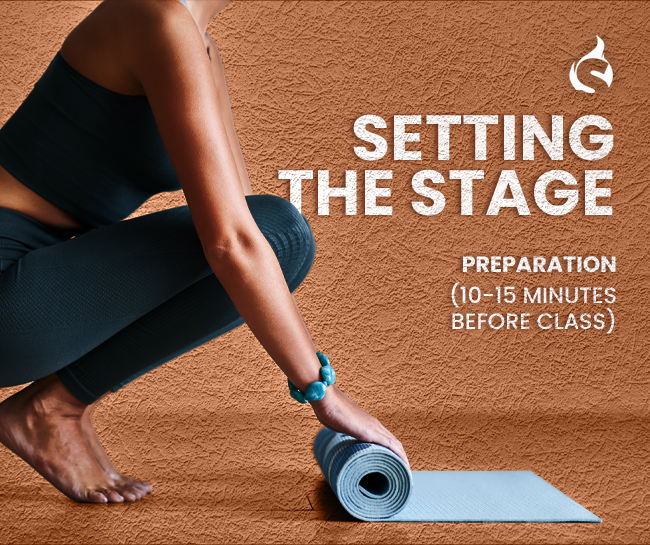
Preparation (10-15 minutes before class):
Begin by preparing the physical space. Ensure cleanliness and comfort, adjusting the room temperature to a pleasant warmth. Arrange for enough yoga mats, bolsters, blankets, blocks, and straps. The lighting should be soft and ambient, possibly complemented by gentle, soothing music to set a tranquil mood from the moment students enter.
Welcoming Students (5 minutes):
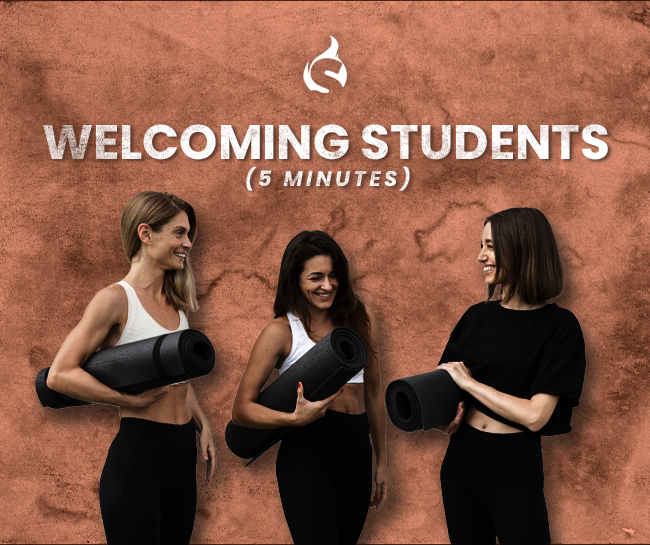
Start the class with a warm welcome. Introduce the concept of restorative yoga, briefly explaining its benefits and the class structure. This introduction sets a supportive tone, encouraging students to engage fully with the practice.
Opening Sequence: Grounding and Centering (10-15 minutes)
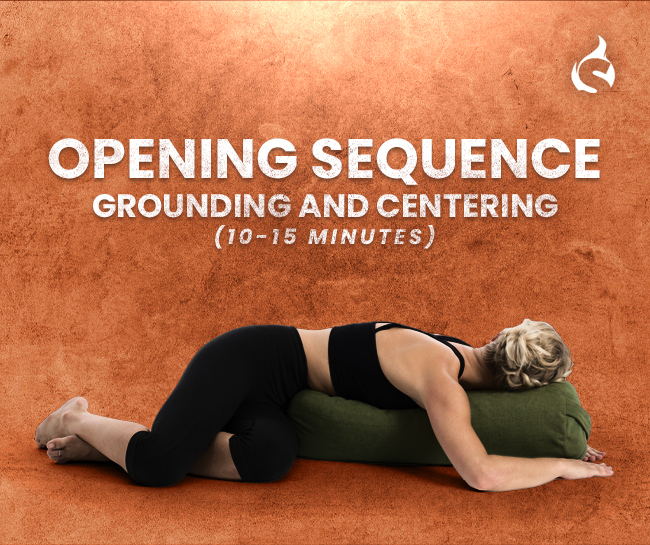
This initial phase is about helping students transition from their daily activities to a mindful presence in the class. Incorporate deep breathing exercises and simple stretches to warm up the body gently. This not only grounds students but also prepares their bodies and minds for the restorative poses ahead.
Main Sequence: Deep Relaxation and Healing (40-60 minutes)
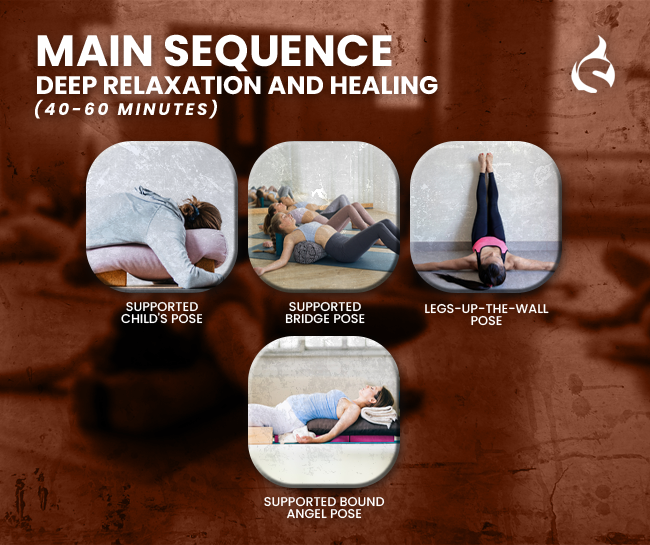
Select 5 to 8 restorative poses, each held for 5 to 10 minutes, allowing students to sink deeply into relaxation. The poses should include a mix of supine, prone, and seated positions, carefully chosen to address the entire body. Emphasize the use of props for full support, demonstrating their placement for optimal comfort and adjustment as needed.
Example Poses:
- Supported Child’s Pose: A gentle release for the back, hips, and shoulders.
- Supported Bridge Pose: Utilizes a bolster or block for a gentle opening of the front body.
- Legs-up-the-Wall Pose: Aids in relaxation by reversing blood flow and soothing the nervous system.
- Supported Bound Angle Pose: Facilitates deep hip opening and relaxation.
Closing Sequence: Integration and Farewell (10-15 minutes)
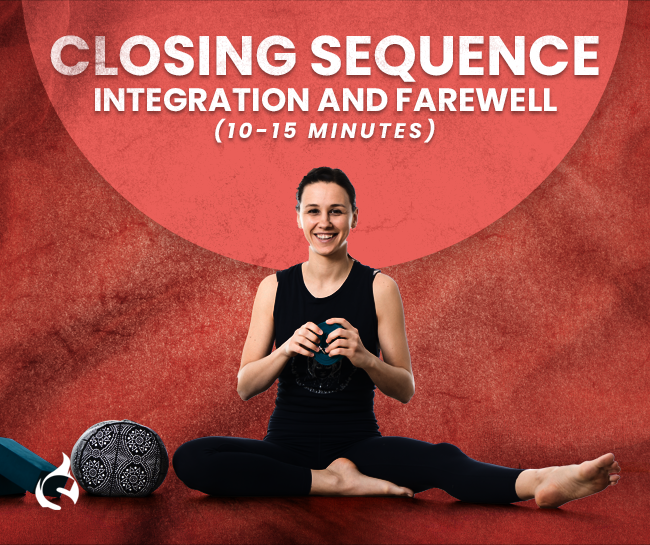
Guide students gently back to a state of awareness, integrating the restorative practice’s calming effects. A short meditation or breathing exercise can help consolidate the benefits of the session. Conclude with heartfelt thanks, encouraging students to carry the peace and relaxation they’ve cultivated into their daily lives.
After Class: Engagement and Community Building
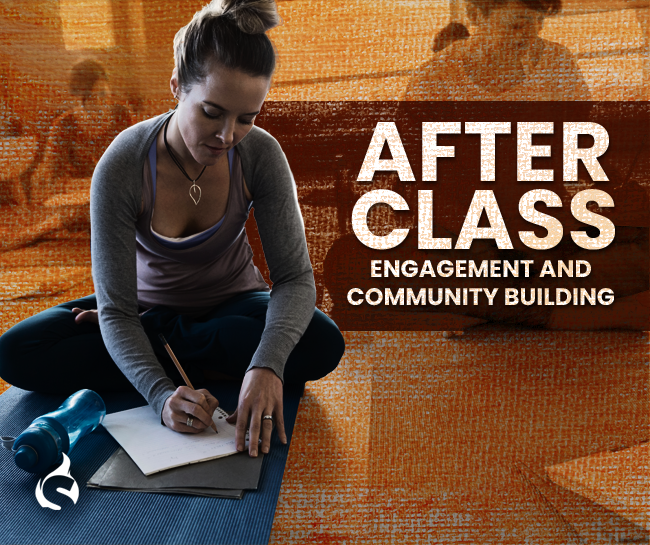
Provide an opportunity for questions or sharing of experiences. This fosters a sense of community and personal connection, enhancing the overall experience and encouraging continued practice.
Tailoring Restorative Yoga for Different Audiences
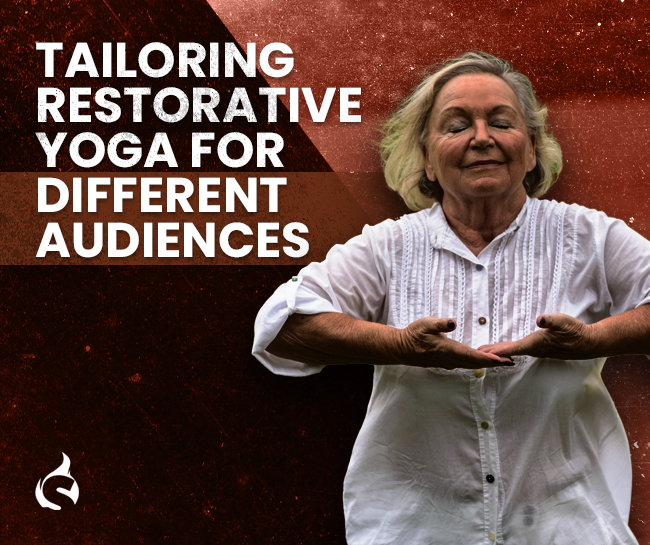
Adaptability is key when teaching Restorative Yoga. Adjust poses to accommodate various body types and abilities, ensuring everyone can participate. This inclusivity makes Restorative Yoga ideal for a wide range of individuals, including those new to yoga, recovering from injury, or seeking a gentle practice.
Addressing Common Challenges and Concerns
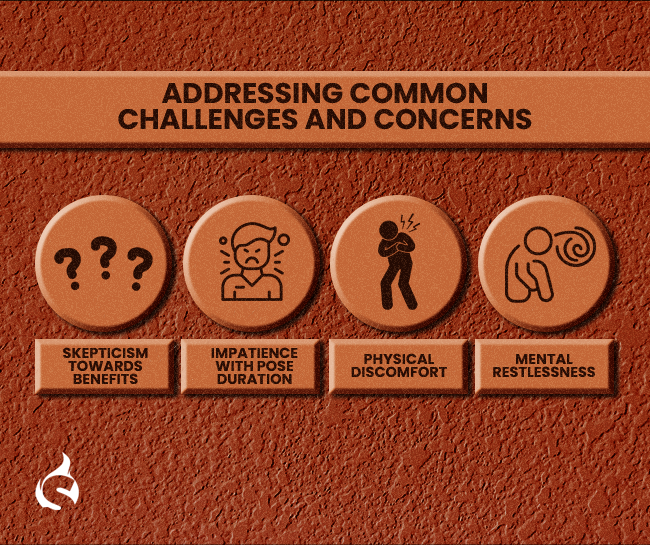
Restorative Yoga, while profoundly beneficial, can sometimes be met with skepticism or discomfort from those unfamiliar with its pace and purpose. Here are strategies to mitigate such challenges:
- Skepticism Towards Benefits: Educate students on the scientific and anecdotal evidence supporting Restorative Yoga’s health benefits.
- Impatience with Pose Duration: Encourage mindfulness and focus on breath to help students settle into longer poses.
- Physical Discomfort: Offer modifications and ensure ample use of props to alleviate any discomfort.
- Mental Restlessness: Use guided imagery or focus on breath work to help students’ minds stay present.
Tips for Effective Communication During Restorative Yoga
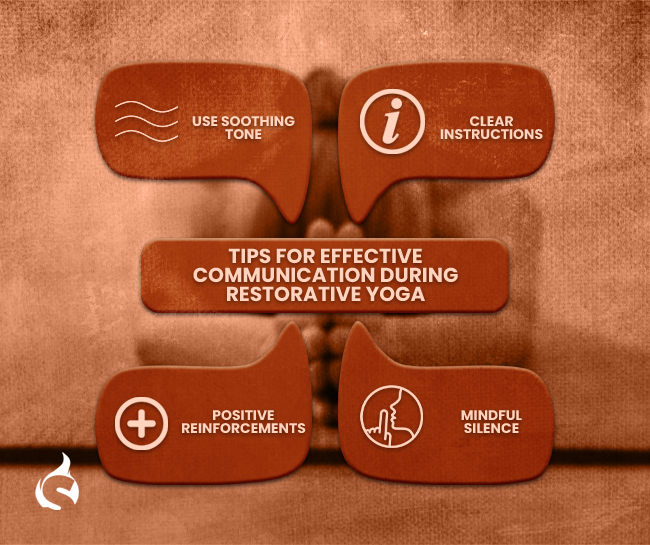
The way you communicate with your class can significantly impact their experience. Here are key points to remember for fostering a serene and supportive atmosphere:
- Use Soothing Tone: A calm and gentle voice helps to relax the mind and body.
- Clear Instructions: Provide clear, concise instructions for pose setups and transitions.
- Positive Reinforcement: Offer encouragement and positive feedback throughout the class.
- Mindful Silence: Allow for periods of silence, giving space for internal reflection and relaxation.
💡 Knowing how to teach restorative yoga can attract more clients seeking relaxation, reduce stress, and differentiate your studio in a competitive market, leading to increased customer satisfaction, loyalty, and revenue.
Teaching Restorative Yoga requires understanding its principles, structuring classes thoughtfully, and communicating effectively. By embracing these aspects, you can offer a deeply beneficial practice to your students, encouraging physical, mental, and emotional well-being. Remember, the essence of Restorative Yoga lies in nurturing and renewal—offer this gift to your students, and watch them flourish.
Transform your yoga studio management with Spark Membership Software. Streamline class scheduling, automate payments, and enhance member engagement effortlessly. Try Spark today and unlock the full potential of your studio’s operations. Elevate your yoga experience for both you and your members!
